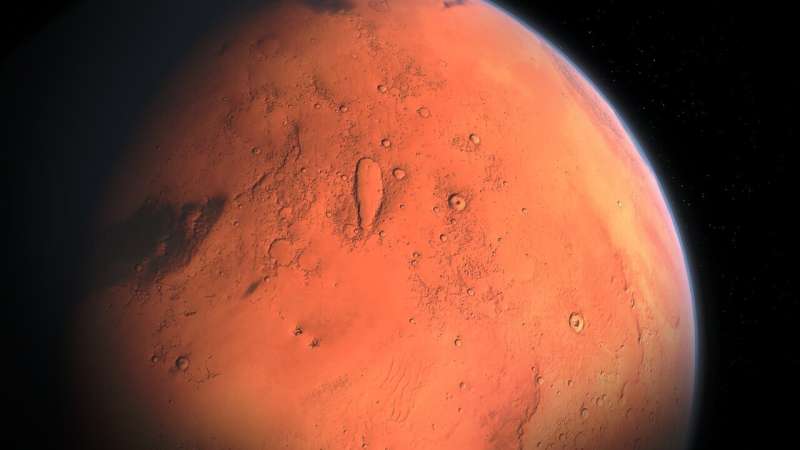There were multiple effects of the radiation visible, including brown leaves and dwarfed growth. Besides that, also the harvest was disappointing and lower than the non-radiated control. This was no surprise for principal investigator and space farmer Wieger Wamelink, "I always expected that the radiation would have a negative effect on plant growth as well, but it was never very well investigated so we needed to confirm if this expectation was correct."
The radiation was emitted by five cobalt 60 sources, especially 'made' by the RID. The sources were placed above the plants to create a plane radiation field comparable to Mars. The growing plants were radiated constantly for 28 days and harvested afterwards. Creating a plane radiation field is tricky and that is why 5 sources were used to prevent one plant to receive a higher dose than another plant, which would otherwise influence the outcome of the experiment. We only used gamma radiation where on Mars cosmic radiation consists of alpha, beta gamma and UV radiation, so there are still differences, but the dose was about the same as what Mars receives.
"Now that it is clear that we can expect negative effects on plant growth due to the radiation on Mars, we have to protect them. An option is to grow the plants below ground in a dome where most of the radiation cannot penetrate so that humans are protected as well," Wamelink affirms. "It is a bigger challenge than growing plants in a greenhouse on the surface, but it also makes life easier since we can grow plants under fully controlled circumstances, applying LED light. That is why we started the first experiments now in a cold war bunker in Arnhem near Wageningen, below ground but in a fully controlled surrounding." This research in the bunker functions within the project of the Green Bunker of Local Circles in Arnhem.



